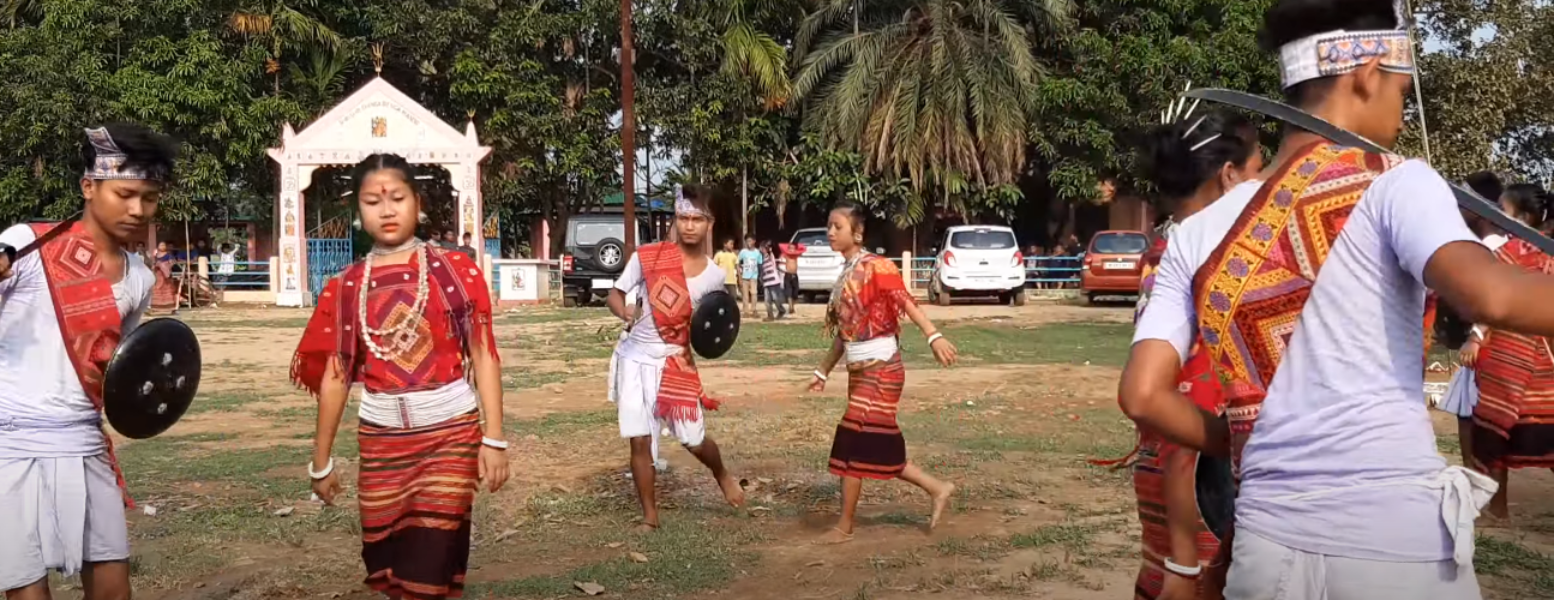
Themes
tribal dance
Name of Tribal Dance: Hoko Dance (Kammata), meghalaya
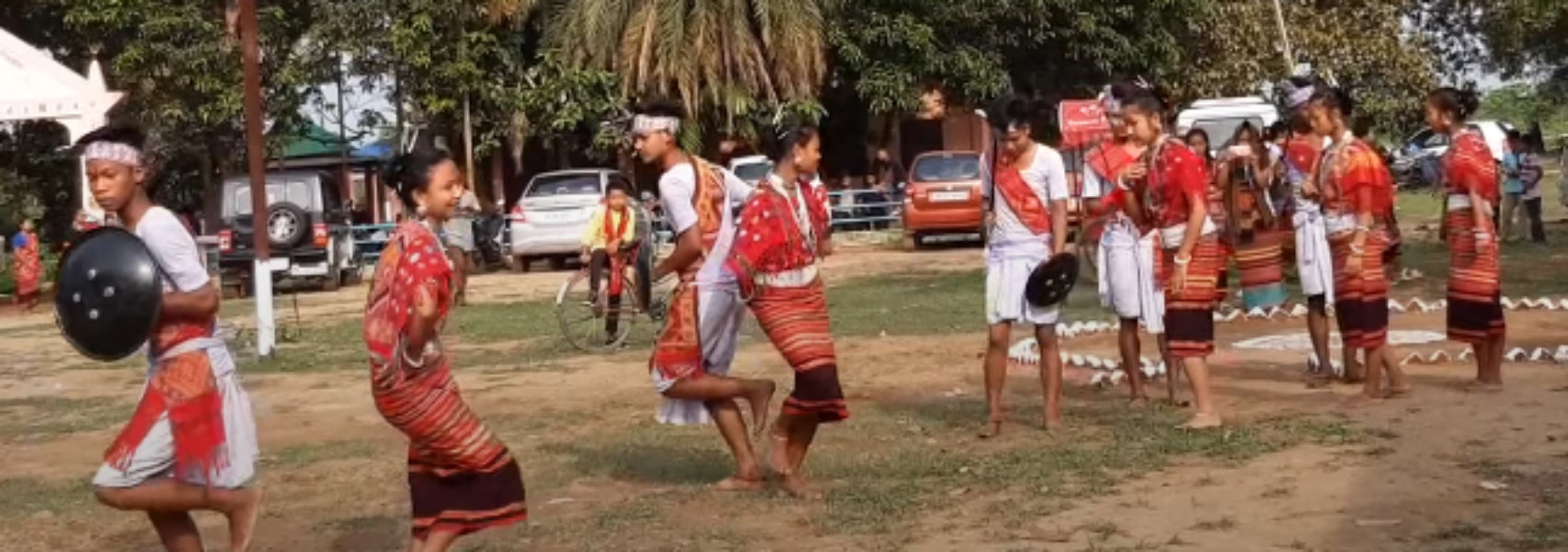
The Koch tribe of Meghalaya performs the Hoko dance during the Kammata death ritual, honoring highly respected individuals. Followers of Hinduism, they believe in the immortality of the soul and rebirth. Death rituals, like Nemakam and Kammata, are essential traditions. Kammata involves elegant ceremonies with songs and dances. During Kammata, the Hoko folk song and dance are performed, symbolizing respect and celebration. These rituals reflect the Koch tribe's spiritual beliefs and cultural heritage.
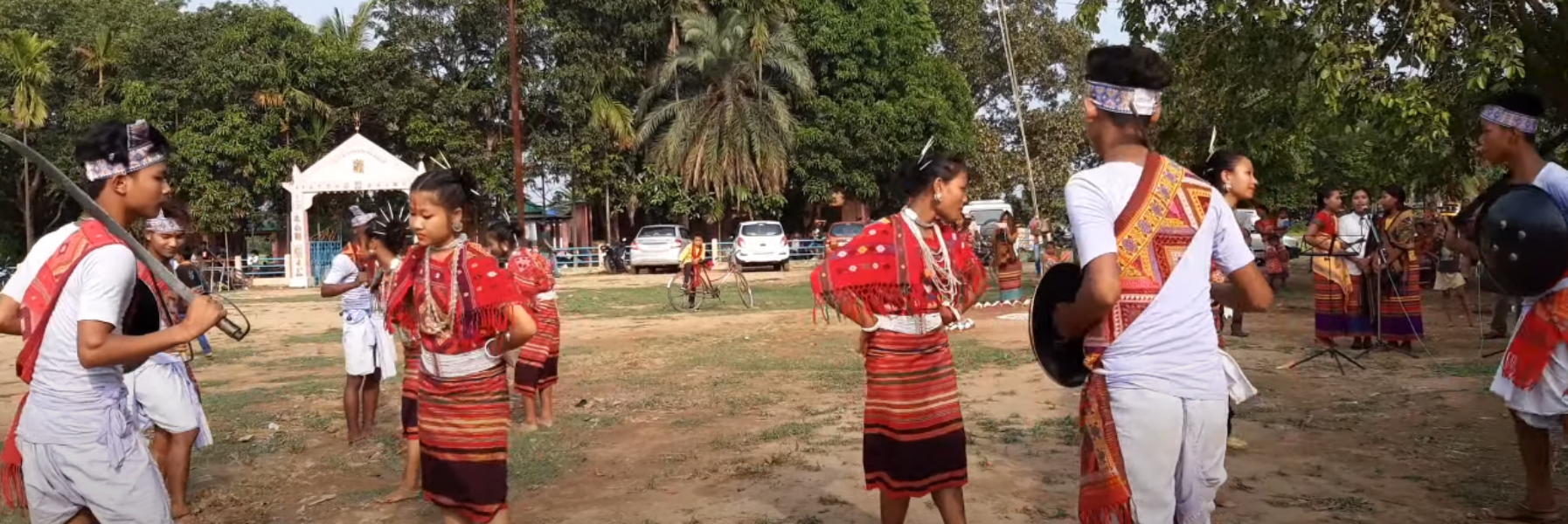
The Koch tribe, primarily found in Meghalaya, follows Hinduism and nature worship. They believe in the immortality of the soul, life after death, and rebirth, making death rituals significant. The Hoko dance, performed during the Kammata death ritual, is a notable tradition. The Koch observe a mourning period of thirteen days, with rituals varying by the deceased's status. Their rich cultural heritage includes vibrant dances, songs, and ceremonies, reflecting their deep spiritual beliefs and connection to their land.
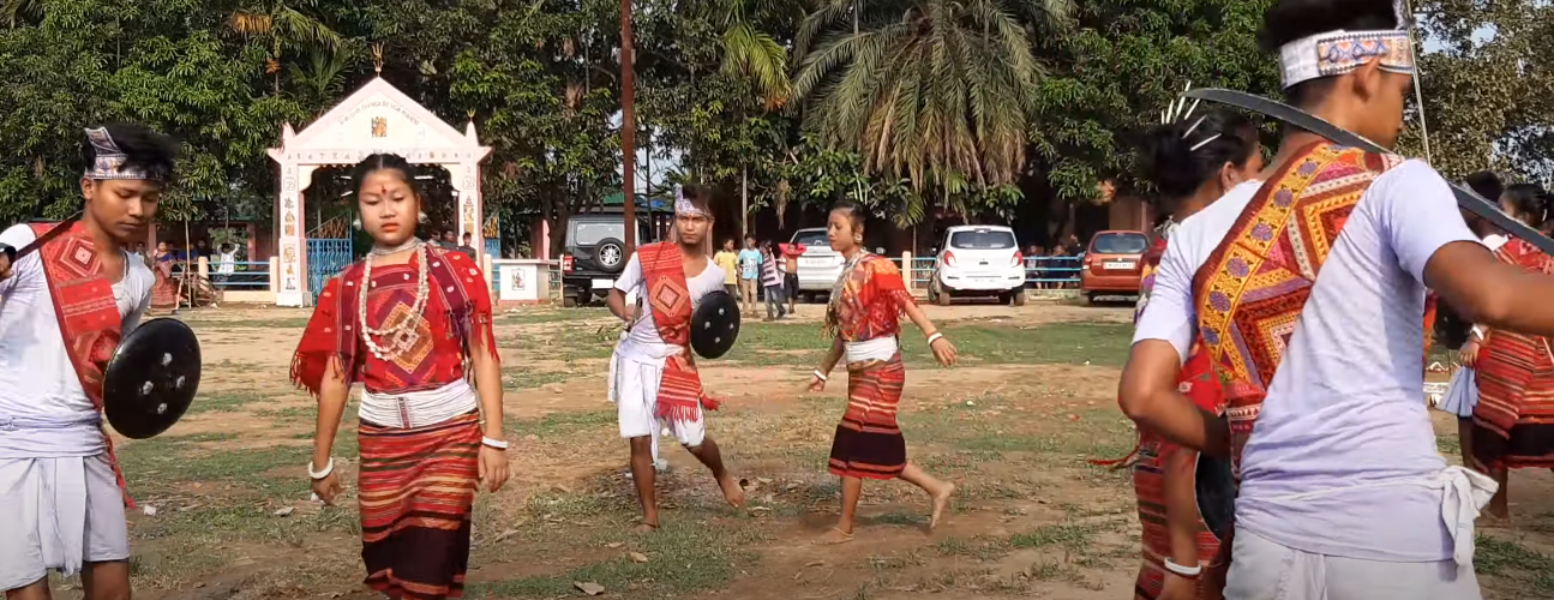
Both men and women participate in the Hoko dance, wearing traditional attire. Men wear bhijasoka (Dhoti), baniyan with sokatharay (colorful shawl), and khotop (turban), carrying a sword (Torwal) and shield (Dhal). Women dress in Liphan (wrap around), kambang, and a beaded Lokbok belt, with Paga headgear. They adorn themselves with ornaments like karampar, benta, sonkorea in the ears, ashacha, harsora, chandrahar necklaces, bakhtar and gujuruti on the ankles, and nolok, jhingajuri on the nose.
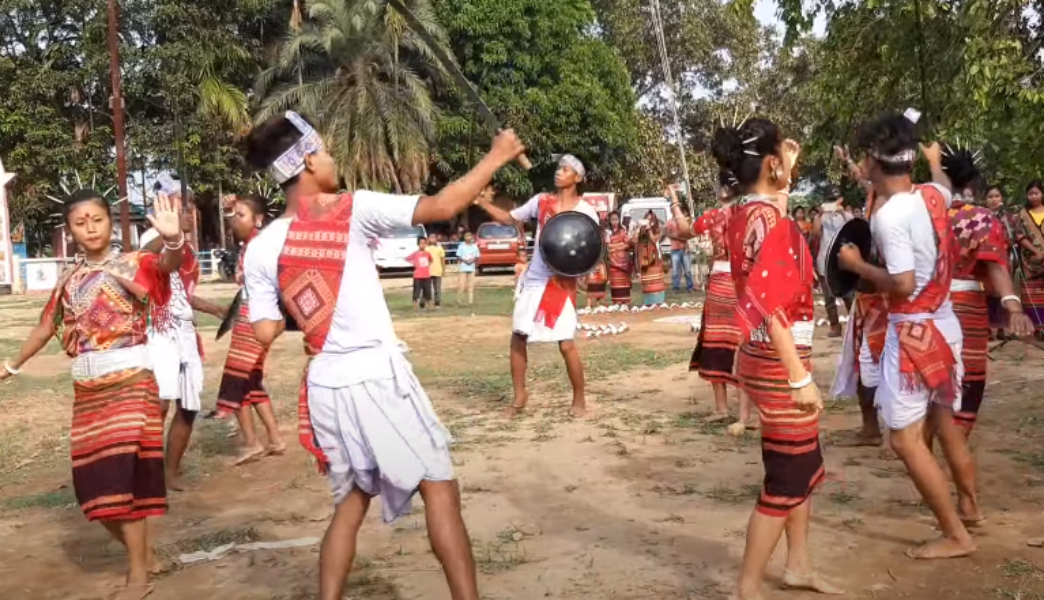
The Koch tribe's ritualistic Hoko dance honors departed souls. Death rituals are crucial, ensuring the soul's peace. Nemakam rituals occur on the thirteenth day after death, while Kammata rituals are grand events held post-harvest, months after death. Kammata includes the Hoko song and dance, praying to Almighty God for the deceased's eternal peace and consoling the bereaved. The dance involves preparation and significant expense, reflecting its importance in Koch culture.
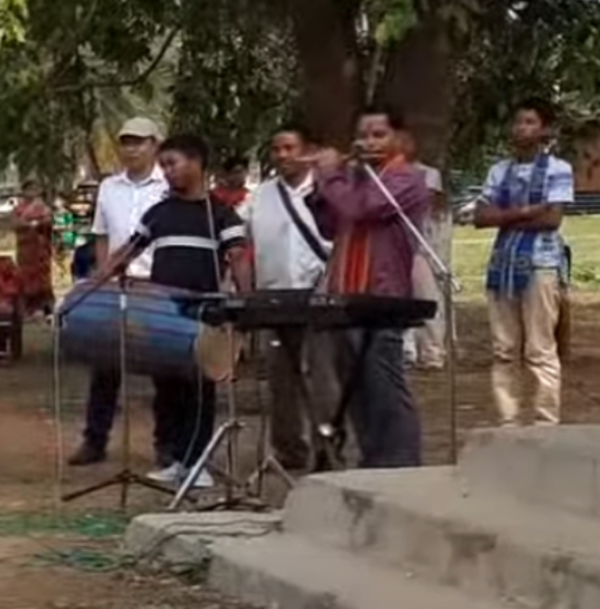
Instruments used during the dance Hoko dance by the Koch tribe are Dudumari, Hemmata or Matadhaki. It a kind of big drum, WahKhanding is flute made from bamboo with three or four holes, Taktaka or Tokari the bamboo clappers andTaling(cymbal)made of brass metal.

